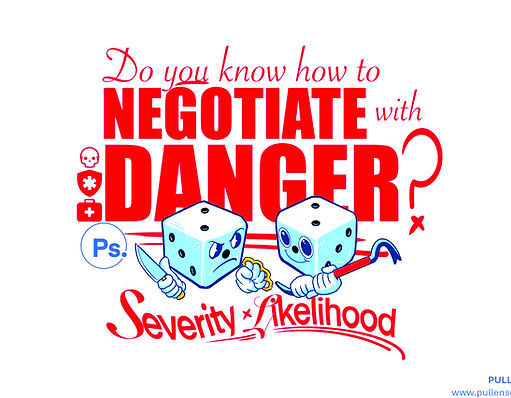

Safety Week 2025
This year is coming to an end and some of you *ahem* have not completed your annual requirements. Or maybe you have been too busy. Or maybe you are new to the role. Fear not! We are here to help close that gap. December 1-5th 2025 from 8-5pm we are facilitating OSHA trainings all week long. Scan the QR code or head to this link.... SIGN UP HERE

What does OSHA say about annual training:
OSHA does not have a single list of “annual training” topics that apply to every employer. Instead, OSHA requires specific refresher or retraining for certain standards when hazards exist or work conditions change.
In plain terms:
If your employees face a recurring hazard or if there’s new equipment, procedures, or incidents OSHA expects you to retrain them regularly, at least once per year or as needed to maintain competency.
Common examples of annual or recurring OSHA training include:
-
HAZWOPER (29 CFR 1910.120): 8-hour refresher every year.
-
Bloodborne Pathogens (29 CFR 1910.1030): annual refresher required.
-
Respiratory Protection (29 CFR 1910.134): annual fit testing and refresher.
-
Hearing Conservation (29 CFR 1910.95): annual training and audiometric testing.
-
Fire Extinguisher (29 CFR 1910.157): annual hands-on practice if employees use extinguishers.
-
Confined Space, Lockout/Tagout, PPE, and Fall Protection: retraining required whenever procedures, equipment, or job conditions change—or when an employee demonstrates inadequate knowledge.
OSHA requires employers to provide safety training when employees are first assigned to a job, whenever new hazards arise, and at regular intervals to keep skills sharp.
Some standards, like HAZWOPER and Bloodborne Pathogens, require annual refreshers. Others, such as Confined Space or Lockout/Tagout, require periodic retraining whenever procedures or hazards change.
Regular safety training isn’t just a regulation—it’s the foundation of a strong safety culture and a major factor in lowering incident rates, insurance costs, and downtime.

Final Thoughts
Safety is not a budget. When employers cut costs on Safety training and safety support they put themselves, the company, the employee and their competitiveness in the market at risk No ones life is worth cutting costs. Do what's right.
Under the OSH Act’s General Duty Clause (Section 5(a)(1)), every employer must provide a workplace that is free from recognized hazards capable of causing death or serious physical harm—even if no specific OSHA standard exists for that hazard.




